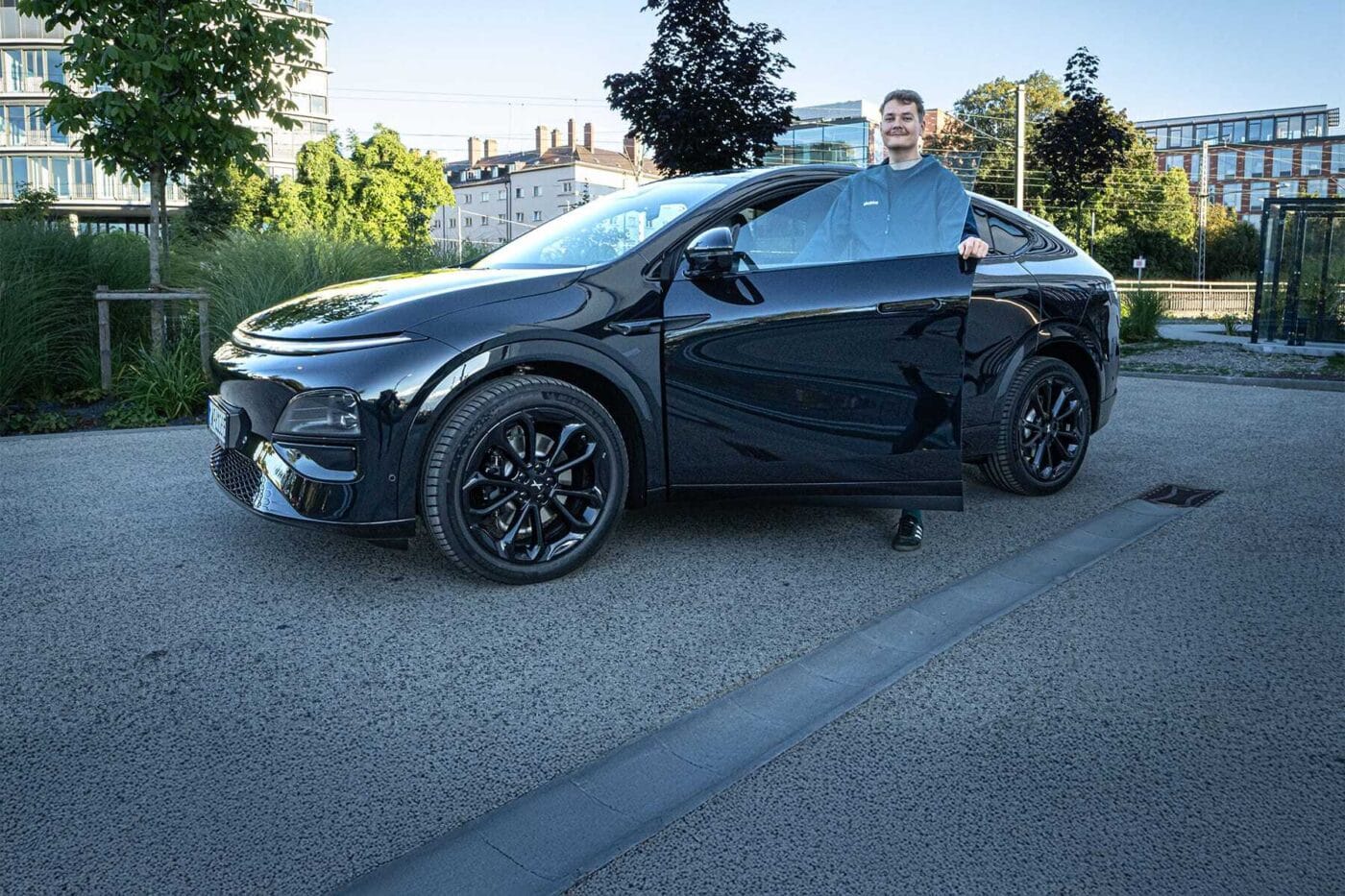
Xpeng G6 Performance: Can it do more than just charge fast?
One thing’s for sure: car manufacturers from China don’t lack technological ambition. If there’s one brand already active in Germany that likes to present itself as particularly innovative, it’s Xpeng. Founded in 2014 and starting series production just four years later, the company sold more than 190,000 cars worldwide last year. Even Volkswagen sees potential in Xpeng and holds around a five per cent stake in the automaker.
In May 2024, the Chinese company entered the German market with the G6 and G9 models. These two SUVs embody the brand’s positioning – Xpeng doesn’t want to be a mass-market manufacturer focused on affordable vehicles like MG or (to some extent) BYD, but instead aims to compete with Nio and Western premium brands. The EVs bearing the X logo are designed to impress with innovative technology and a distinctly modern flair. Especially when it comes to charging performance, the manufacturer is pushing ahead.
Charging with up to 451 kW thanks to new LFP batteries
This summer, Xpeng updated its two models available in Europe and significantly boosted their charging capabilities in the process. Instead of the previous NMC battery, the top versions of both the G6 and G9 are now fitted with an LFP battery. The 80 kWh energy pack is designed for 5C charging – meaning it can be charged at five times its rated capacity.
The previous version was already anything but slow at a fast-charging station, thanks to its 800-volt architecture and a maximum charging power of up to 280 kW. After the facelift, peak charging power now reaches 451 kW, setting a new benchmark in the mid-size SUV segment.
The only problem: in Europe, there are hardly any charging stations capable of delivering that kind of power. During a test event around Munich and Lake Starnberg, I had the chance to find out how quickly the all-wheel-drive G6 Performance – the top-spec version – could charge at a typical 400 kW charger, and how the refreshed mid-size SUV performs in other areas.
Charging topped out at 279 kW
Shortly after setting off, we arrived at an Ionity high-power charging station with a 44 per cent state of charge to check the G6’s charging performance. One thing was clear from the start – the manufacturer’s claimed maximum couldn’t be achieved, simply because the available hardware didn’t allow it. Nevertheless, the G6’s charging curve is impressive. The highest figure recorded was 279 kW at 45 per cent SOC. It stayed above 230 kW for several minutes before dropping to 218 kW at 75 per cent and 185 kW at 80 per cent.
Overall, charging from 44 to 85 per cent took ten minutes, during which 38.4 kWh flowed into the battery. Under ideal conditions, Xpeng claims the state of charge can rise from 10 to 80 per cent in just 12 minutes – enough energy for one WLTP kilometre per second. Despite the less-than-ideal conditions during our test, the charging curve remained high for a long time. Had we started the process with a lower battery level, it likely would have peaked above 300 kW in the first few minutes. Less impressive: at AC charging stations, the G6 only supports 11 kW charging.
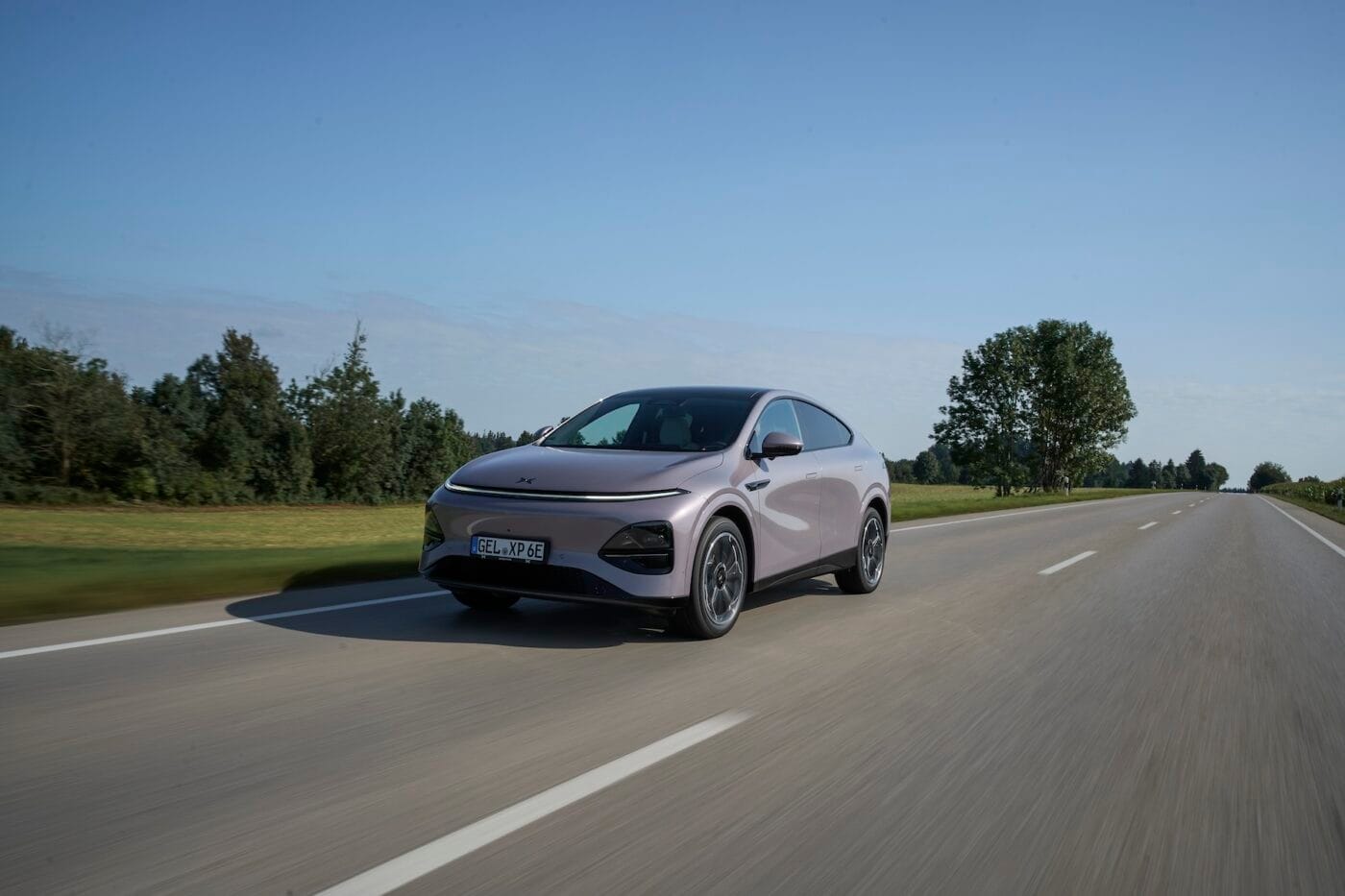
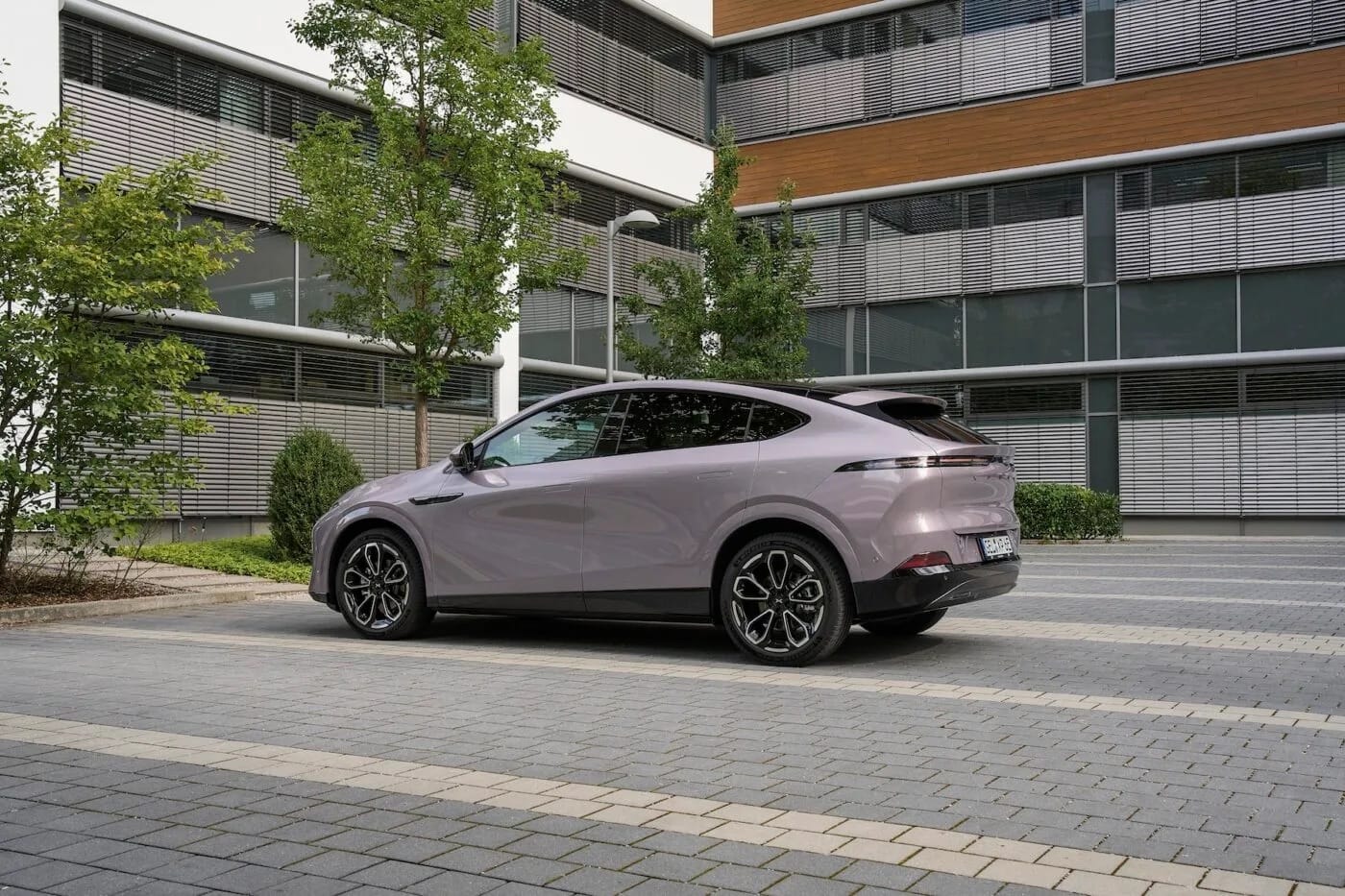
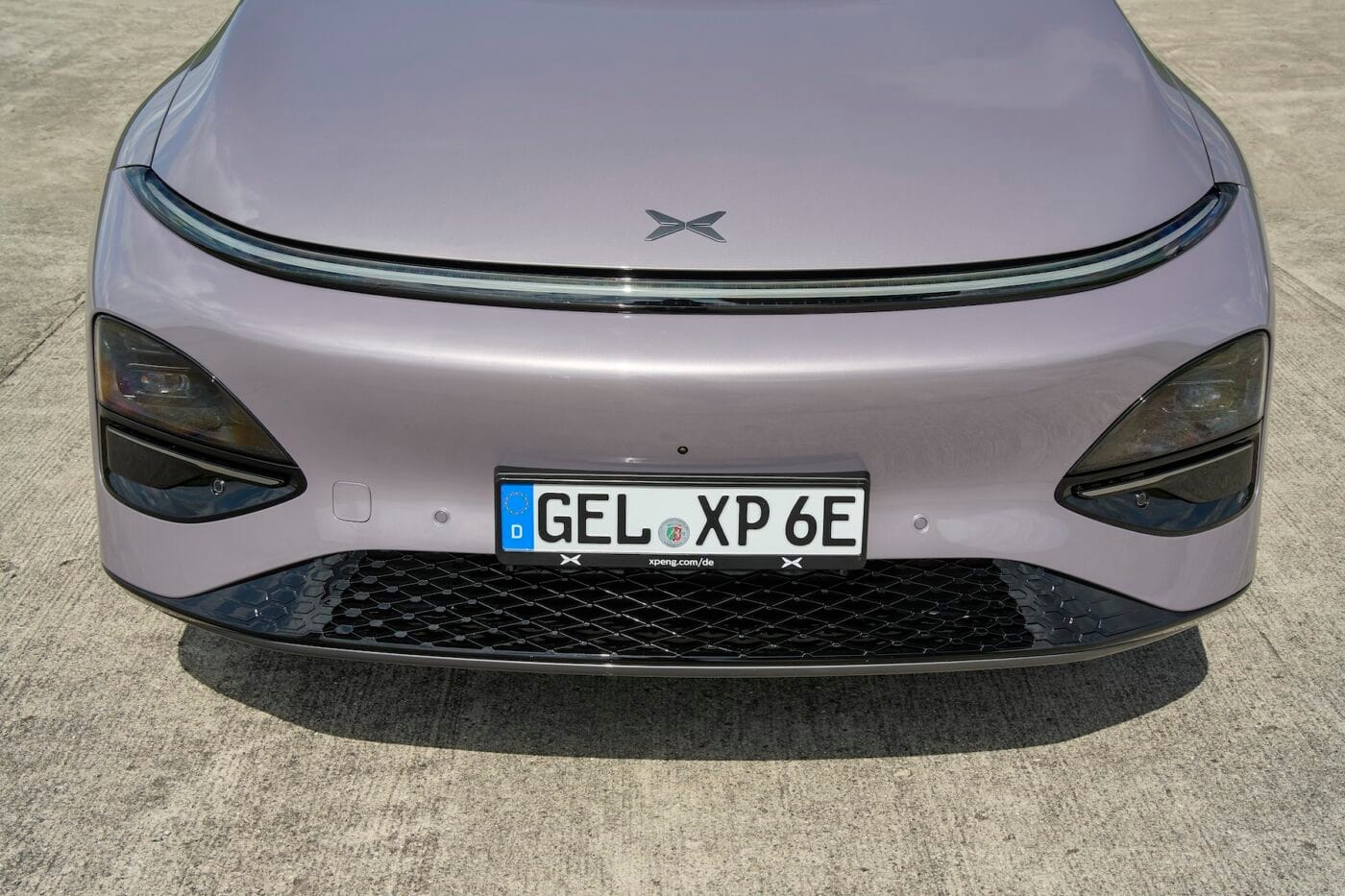
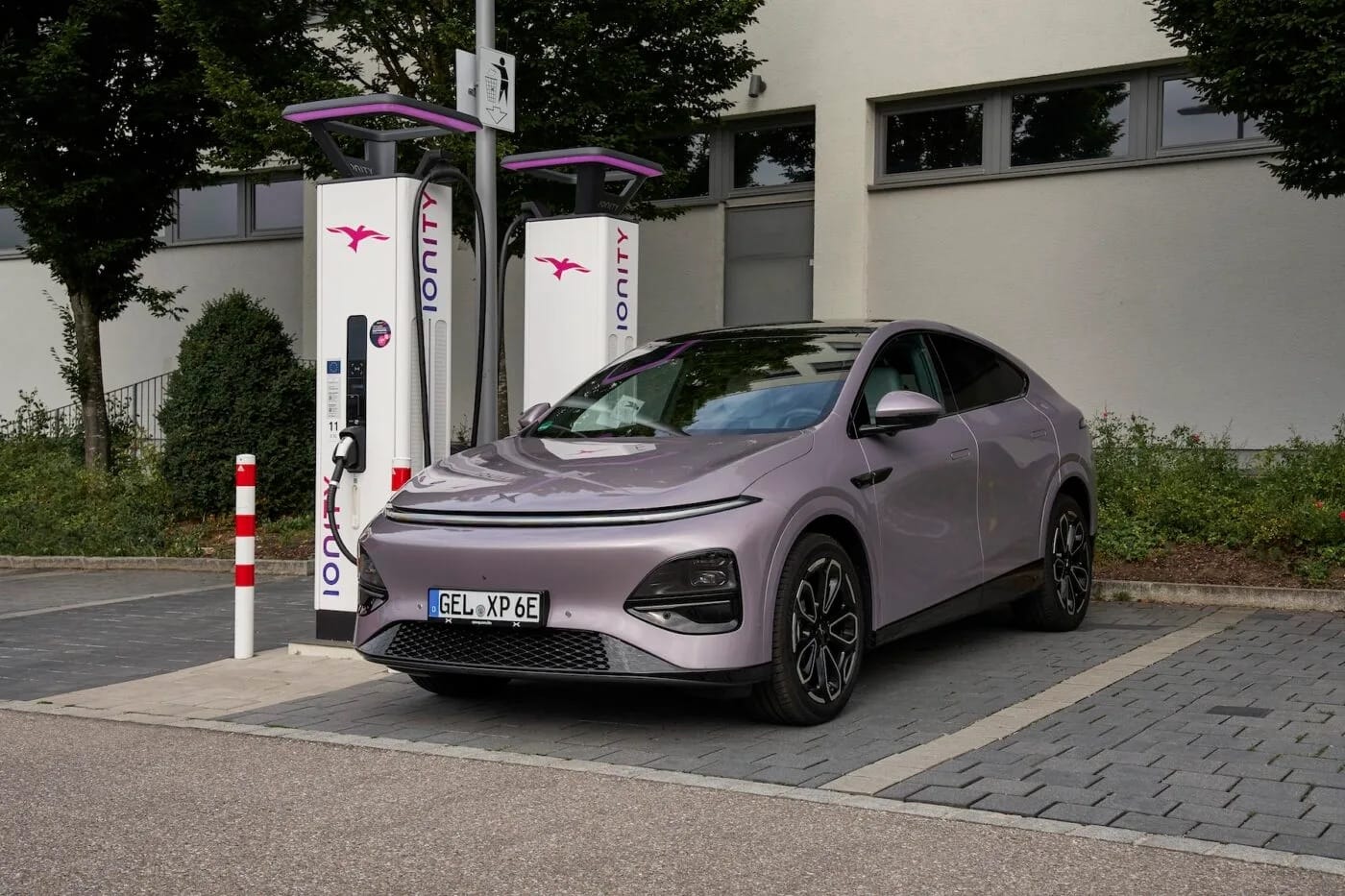
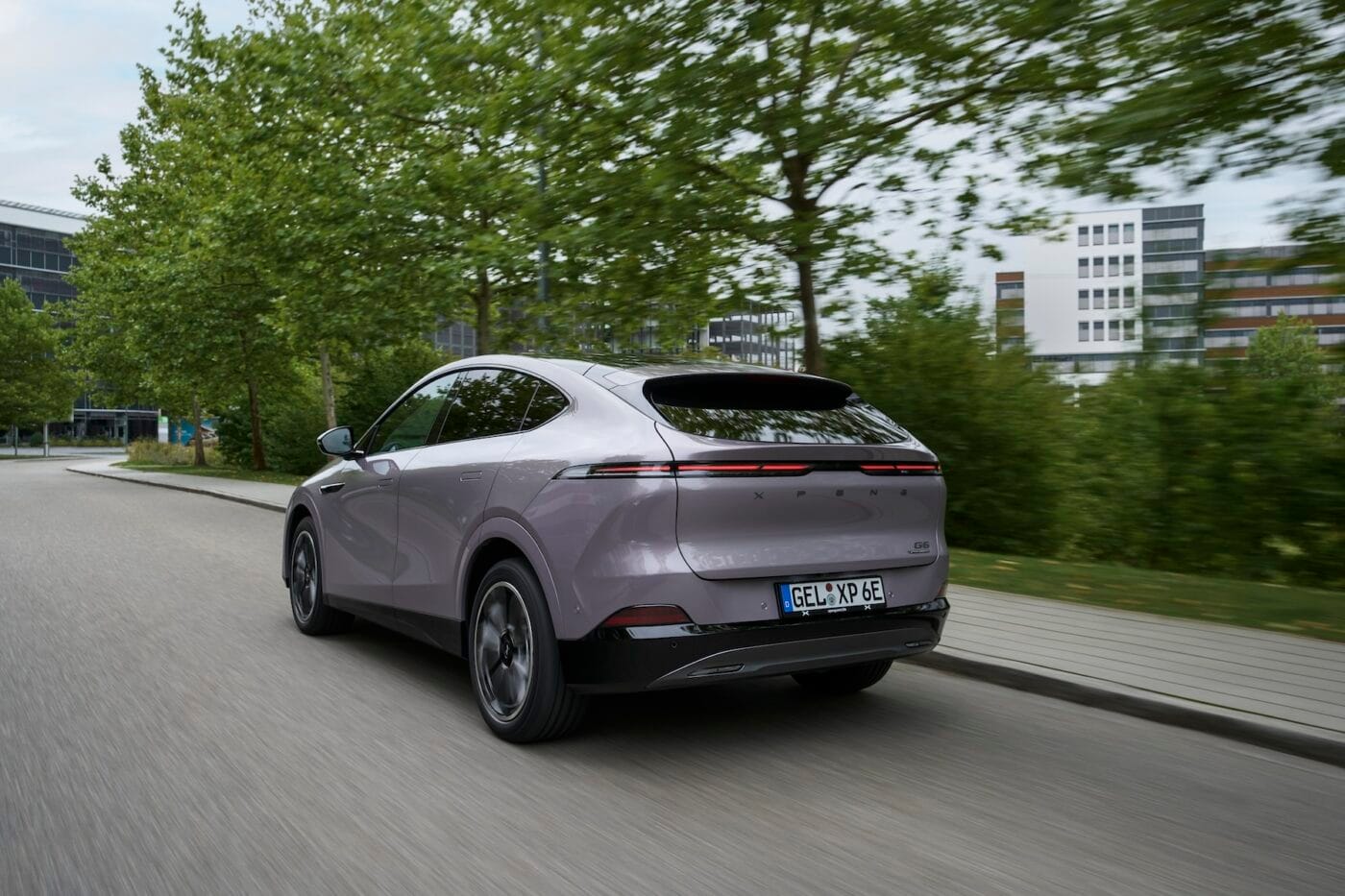
Up to 525 kilometres of range
The official range has dropped slightly with the switch from the old NMC battery to the new LFP pack. That is because of the lower energy density, which reduced the battery capacity from 87.5 to 80 kWh. In the dual-motor Performance version we tested, the previous model offered 550 kilometres on the WLTP cycle, while the facelifted version is said to manage a maximum of 510 kilometres on a full charge.
However, that figure is only realistic if you consistently drive in Eco mode and treat the accelerator pedal gently. At a state of charge of 85 per cent, the display showed a remaining range of 387 kilometres. Admittedly, we had previously pushed it quite hard on the motorway while in Sport mode. In city traffic, however, the SUV proved to be much more frugal, showing an average consumption of 16 kWh/100 km. The combined WLTP consumption for the dual-motor Performance version is listed at 18.4 kWh/100 km. For comparison, Tesla quotes 16.2 kWh/100 km for the similarly powerful Model Y Performance.
Those who value efficiency more highly are likely to be happier with the G6 RWD Long Range. The single-motor rear-wheel-drive version also delivers a healthy 218 kW and 440 Newton metres of torque, yet it reportedly averages just 17.5 kWh/100 km. As a result, its WLTP range is slightly higher at 525 kilometres.
| G6 Long Range | G6 Performance | |
|---|---|---|
| Drive | RWD | AWD |
| Power | 218 kW | 358 kW |
| Torque | 440 Nm | 660 Nm |
| Acceleration | 6.7 s | 4.1 s |
| Top speed | 202 kph | 202 kph |
| WLTP range | 525 km | 510 km |
| Battery | 80 kWh | 80 kWh |
| Charging capacity DC | 451 kW | 451 kW |
| Charging time DC 10-80% | 12 min | 12 min |
| Price | 47,600 euros | 51,600 euros |
A true sports version feels different
The ‘Performance’ badge on the top-spec version clearly refers more to its power figures than to its handling. Even though it sprints from zero to one hundred in 4.1 seconds thanks to a system output of 358 kW and 660 Newton metres of torque, the 2.2-tonne SUV focuses more on comfort than agility.
On the motorway, the suspension reveals its softer side. It absorbs minor bumps with ease, offering a plush ride. At times, it even feels a little too soft, providing the driver with minimal feedback about the road surface. While stability in fast corners is convincing, one would expect a bit more firmness from a version carrying the Performance badge, or ideally, an adaptive suspension that allows the driver to choose between comfort and sportiness.
In urban settings, the situation is reversed. On rough roads, the suspension feels rather firm and even somewhat clunky. Transverse joints and deep potholes are transmitted harshly into the cabin, giving the impression of being slightly underdamped. Nevertheless, it doesn’t feel particularly sporty. The speed-sensitive steering is very light and somewhat numb in city traffic, but it requires more effort and provides better feedback on country roads and motorways.
Since Xpeng does not equip the G6 with adaptive dampers, the Sport mode feels somewhat odd. The steering becomes noticeably sharper and throttle response much more aggressive, yet the suspension remains just as soft. In Eco mode, the G6 Performance responds more gently to inputs from the accelerator.
Overall, the setup suits its role as a comfortable touring car quite well. The same is true for the sound insulation – the updated G6 is generally quiet, and only from around 110 kph does a faint wind hiss become noticeable around the windscreen. The adaptive cruise control performed well during our initial test drive.
While some electric cars start to run out of breath at higher speeds, Xpeng’s mid-size SUV continues to pull strongly even beyond 150 kph. The G6 Performance is officially listed with a top speed of 202 kph, but on an unrestricted stretch of motorway, the driver display even showed 212 kph.
Stylish fastback design with smooth lines
Available in China since 2023, the G6 makes no secret of the fact that it was designed as a rival to the Tesla Model Y. At 4.75 metres long, it is about four centimetres shorter than its American counterpart but targets precisely the same segment. That’s also evident in its looks – thanks to the fastback silhouette, the two models appear particularly similar in profile.
As part of the technical update, the SUV’s design has received a subtle refresh after just two years. The front light strip now extends across the entire width of the car, no longer interrupted by the X logo. At the rear, Xpeng has revised the diffuser and added a small ducktail spoiler to the boot lid.
With its clean surfaces, the G6 looks elegant enough, though it lacks a distinct personality or strong visual identity. In such a fiercely contested segment, it doesn’t stand out much from its competitors. Xpeng has proven, however, that it can do things differently – the manufacturer from Guangzhou has already demonstrated this with the futuristically elegant second generation of its P7 luxury saloon.
Xpeng does not offer a head-up display
The interior also lacks a distinctive character and could easily belong to almost any other Chinese car brand. If you were to cover the logo on the steering wheel, it would be impossible for most people to identify the manufacturer. Even so, the cabin feels modern and inviting, helped in part by the much more extensive ambient lighting introduced with the facelift.
Behind the small steering wheel with its large centre pad sits a digital instrument display that offers high resolution and good readability. However, it cannot quite make up for the fact that Xpeng does not offer a head-up display for the G6 – not even as an option. Most information is displayed on the now 15.6-inch central touchscreen.
The screen impresses with its quick, smooth response and clearly structured menus. The voice assistant, on the other hand, was less convincing. It reacts instantly to the command “Hi Xpeng!” but struggles with simple tasks such as changing the radio station. The built-in navigation system also causes confusion, as the alternative routes displayed look almost identical in colour to the main route.
Nothing to complain about in terms of build quality
The mix of materials inside is typical of Chinese manufacturers – Xpeng mainly uses grey synthetic leather, which, to be honest, doesn’t feel particularly premium. The same goes for the wide wood-look trim strip running across the dashboard. From a distance, it looks convincing, but a quick tap reveals the unmistakable sound of cheap plastic.
Apart from that, there is very little hard plastic in the areas directly visible to the occupants. Instead, soft-touch materials dominate. The overall fit and finish leave no room for criticism – all components are precisely aligned, and even the decorative stitching comes close to perfection. In this respect, the G6 presents itself at its best.
As with many SUV coupés, the all-round visibility is rather limited due to the thick C-pillars. However, this is not a major issue here, since Xpeng equips the G6 with a 360-degree camera system as standard.
The front seats come with both ventilation and heating as standard, provide sufficient lateral support, and felt comfortable during the first test drive. The high and substantial centre console, which houses a dual wireless charging pad for smartphones and a deep storage compartment, creates a somewhat enclosed feeling for the driver and front passenger.
The panoramic roof ensures a bright and airy atmosphere, though it lacks a blind or dimming function, which could become problematic in strong sunlight. The manufacturer installs an 18-speaker, 960-watt sound system as standard, but it failed to impress during the initial test. Despite the bass and lower frequencies dominating the equaliser settings, the overall sound came across as rather thin.
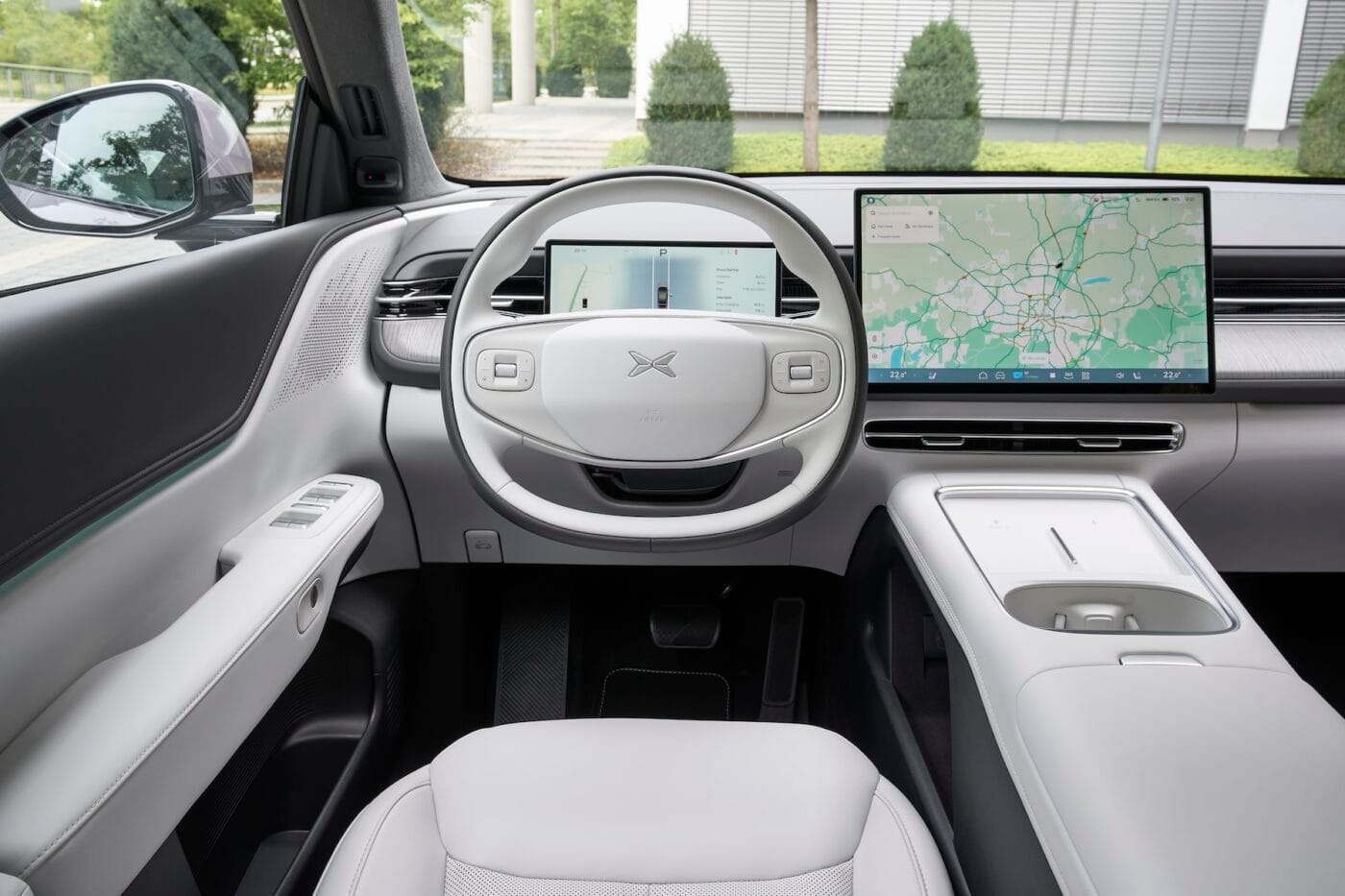
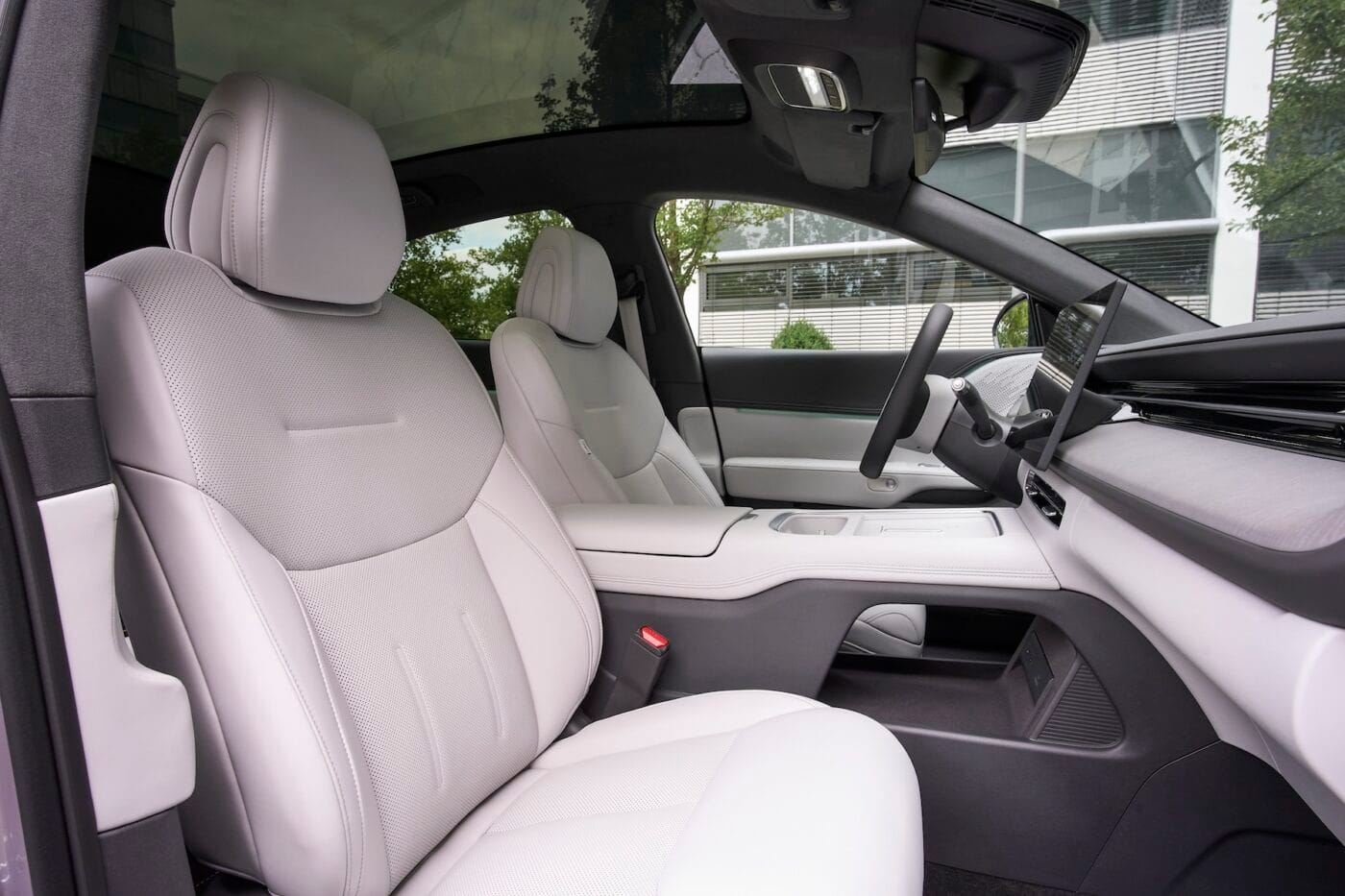
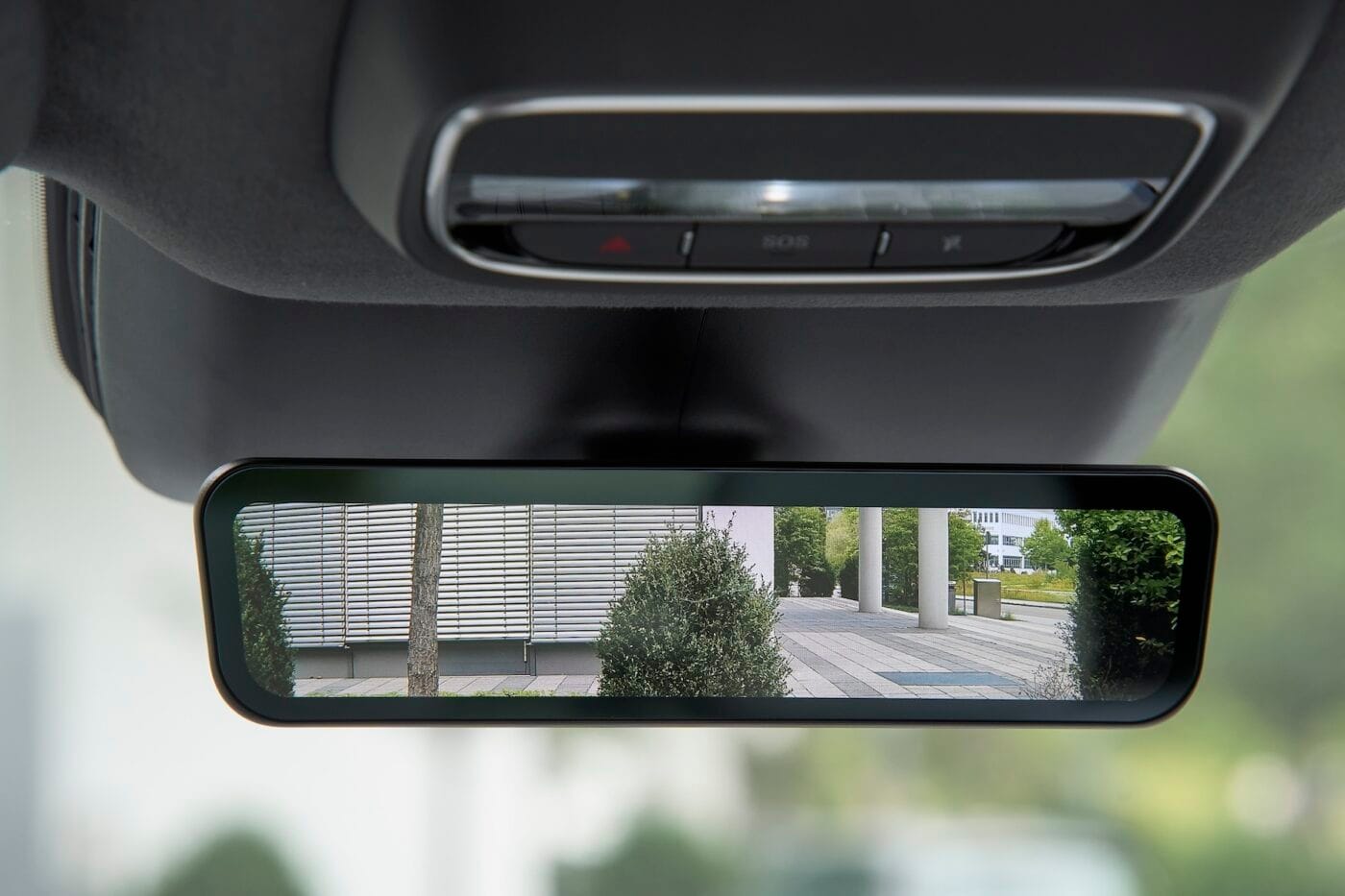
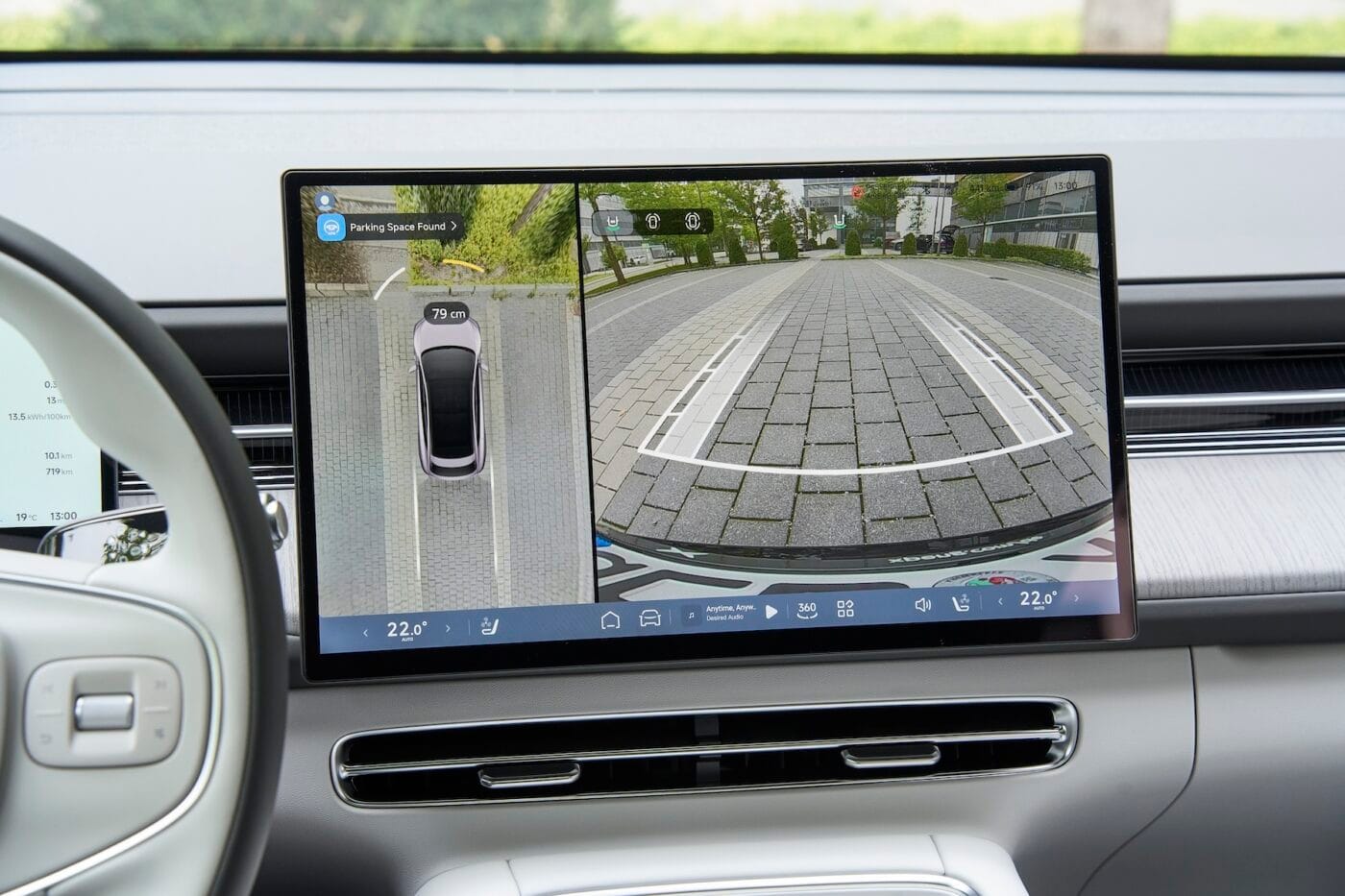
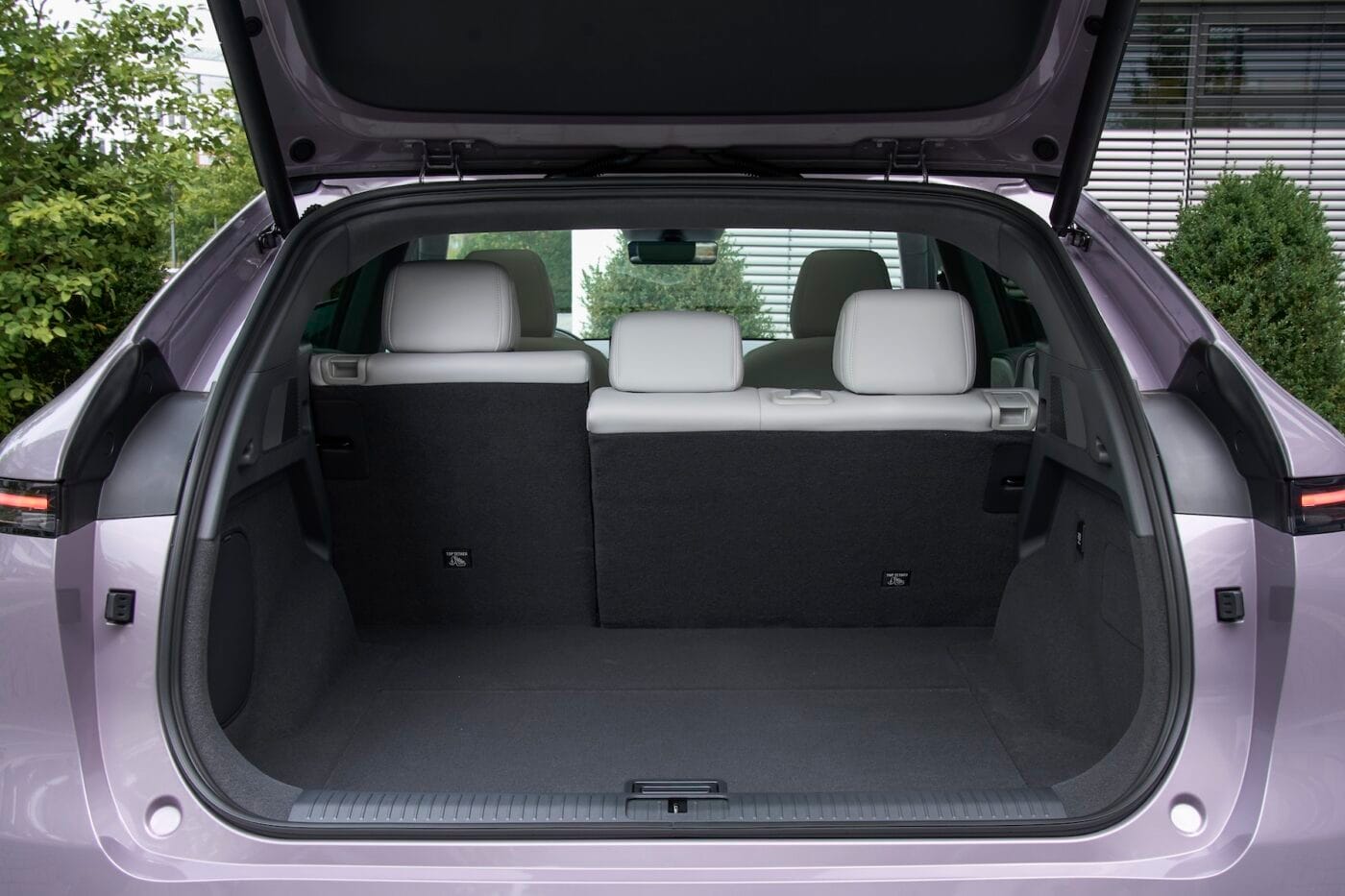
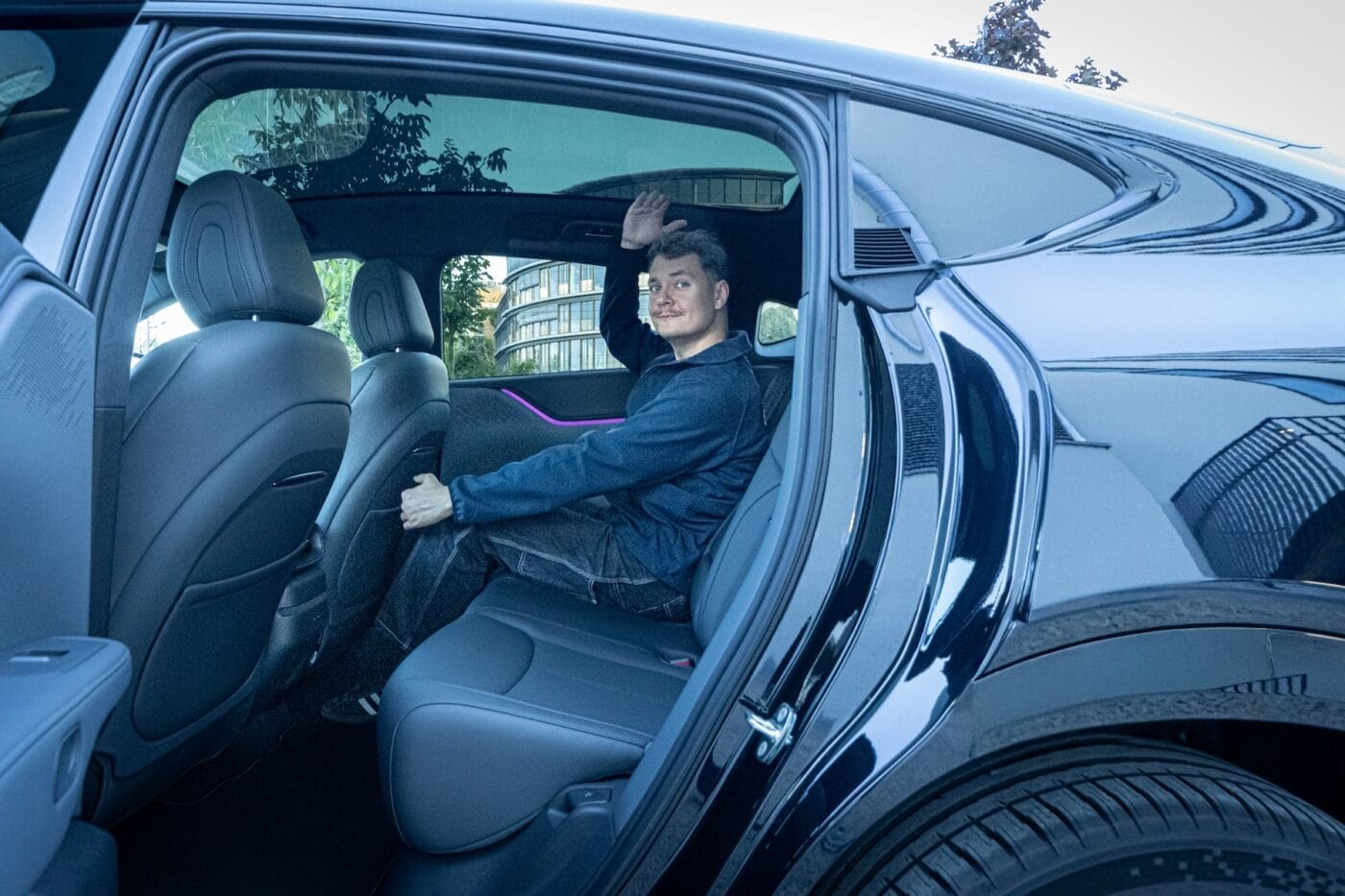

No frunk and no glovebox
At 1.85 metres tall, I had more than enough head- and legroom in the rear. A practical touch: the angle of the backrests on the left and right seats can be adjusted individually. Only the middle seat remains fixed. Behind the large tailgate lies a usable 571-litre boot in its standard configuration, which can be expanded to a maximum of 1,374 litres by folding down the second row of seats.
Otherwise, storage options are somewhat limited. Although the G6 was designed as a dedicated electric vehicle, Xpeng decided against fitting a frunk. During the test drive, my co-driver and I spent several minutes trying to open the glovebox via the touchscreen – without success. When we asked the manufacturer, we were told that the SUV doesn’t actually have one at all, even though, curiously enough, it looks as if it does at first glance.
The list of optional extras is deliberately short
Finally, we come to the area where the G6 impresses the most – pricing. The Long Range version starts at €47,600, while the G6 Performance costs €51,600. Both variants come almost fully equipped as standard. Features such as massage seats, the large panoramic roof, an app-controlled parking assistant and an electric tailgate – which other manufacturers often charge extra for – are all included in the Chinese mid-size SUV.
The 20-inch wheels with Michelin tyres also come as standard. Essentially, the only items on the options list are alternative paint colours, a design package called “Black Edition” and two optional interior colour schemes. Xpeng charges an additional €1,190 for the swivelling tow bar. Once fitted, the G6 can tow trailers weighing up to 1.5 tonnes.
Conclusion
Even after the facelift, the G6 still has a few weaknesses. Nevertheless, it’s impressive how quickly Xpeng has managed to put together such a capable long-distance car after only a few years of building vehicles. Its lack of character in terms of design and driving dynamics is largely offset by its excellent charging performance. The fact that some details still lack refinement matters less when considering the attractive pricing and generous standard equipment.
The manufacturer is currently expanding its dealer and service network in Germany, and European versions of both the G6 and its larger sibling, the G9, are now being assembled by Magna Steyr in Graz, Austria. To succeed in this market, however, Xpeng will also need to invest in marketing and public relations. The brand’s currently low sales figures in Germany likely have less to do with the quality of its vehicles and more with the lack of awareness of the brand itself.

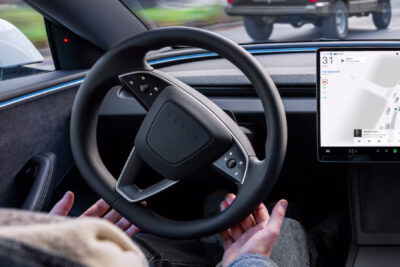
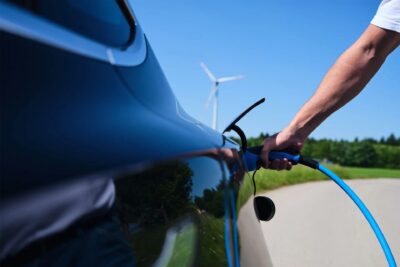
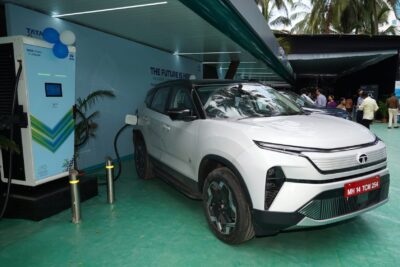
2 Comments